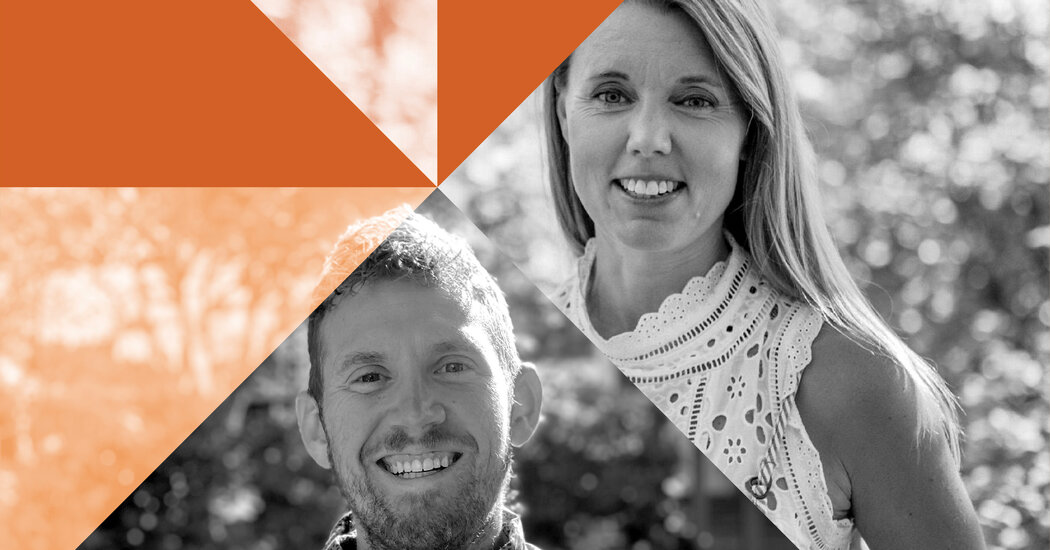Is the Remote Work Revolution Flopping, Succeeding or Both?

Produced by ‘The Ezra Klein Show’
Over the past year, many places have returned to something approximating a prepandemic normal. Restaurants are filling up again. Airports and hotels are packed. Even movie theaters have made a comeback. But that hasn’t been the case for the office. Only about a third of office workers are back in the office full time. And that isn’t likely to change dramatically any time soon: Recent surveys asked executives about the share of their workers who would be back in the office five days a week in the future. In 2021 the response was 50 percent; now it’s down to 20 percent.
But the alternatives — remote and hybrid work — come with their own problems. In many cases, remote work has become synonymous with meeting fatigue, the collapse of work-life balance, overwhelming amounts of email and Slack messages and awkward attempts at social connection. And hybrid work setups often represent what some have called the worst of both work worlds: long commutes to half-empty offices, just to sit on Zoom callsall day.
[You can listen to this episode of “The Ezra Klein Show” on Apple, Spotify, Amazon Music, Google or wherever you get your podcasts.]
That leaves office workers in what feels like a work purgatory: The office is dying, but a new, viable model of work has yet to be born. And that liminal space raises all sorts of new questions: What will the postoffice future of work look like? And if the future of work means working from home in some capacity, how do we make that future better for everyone involved?
Those questions are at the center of Anne Helen Petersen and Charlie Warzel’s book, “Out of Office: The Big Problem and Bigger Promise of Working From Home.” Petersen is a longtime culture writer who writes the newsletter Culture Study; Warzel is a veteran technology reporter who writes the newsletter Galaxy Brain for The Atlantic. In “Out of Office” they argue that the core problem with current remote and hybrid work setups is this: Workers have left the physical office, but they have taken the broken culture of the office with them. The result is widespread dysfunction but also immense opportunity: If we take this moment to rethink not only where we work but also how we work, then the possibilities are endless. We discuss:
• Why so many hybrid work arrangements feel so terrible right now
• What workers actually need the office for
• Whether remote work is amplifying our society’s loneliness crisis
• The key differences between hard work and “soft work”
• How the switch to remote work has unveiled a work culture that was broken long before the pandemic
• What kinds of advances in work-from-home technologies we can expect over the next five years
• Why Petersen thinks the office of the future should look a lot like a college library
• How the constant performance of productivity that workplaces demand actually makes people far less productive
• The difference between an individual creating boundaries between work and life and a company establishing guardrails to protect life from work
• Whether the shift to working remote will revitalize community life across America or undermine it
And much more.
This episode is guest hosted by Rogé Karma, the senior editor for “The Ezra Klein Show.” Rogé has been with the show since July 2019, when it was based at Vox. He works closely with Ezra on everything related to the show, from editing to interview prep to guest selection. At Vox, he also wrote articles and conducted interviews on topics ranging from policing and racial justice to democracy reform and the coronavirus.
You can listen to our whole conversation by following “The Ezra Klein Show” on Apple, Spotify, Google or wherever you get your podcasts. View a list of book recommendations from our guests here.
(A full transcript of the episode will be available midday on the Times website.)

Credit…Photos: left to right, Anne Helen Petersen; Rio Chantel
“The Ezra Klein Show” is produced by Annie Galvin and Rogé Karma; fact-checking by Michelle Harris, Mary Marge Locker and Kate Sinclair; original music by Isaac Jones; mixing by Sonia Herrero and Isaac Jones; audience strategy by Shannon Busta. Special thanks to Kristin Lin, Kristina Samulewski, Nicholas Bloom, Adam Ozimek, Julia Hobsbawm and Sheela Subramanian.
